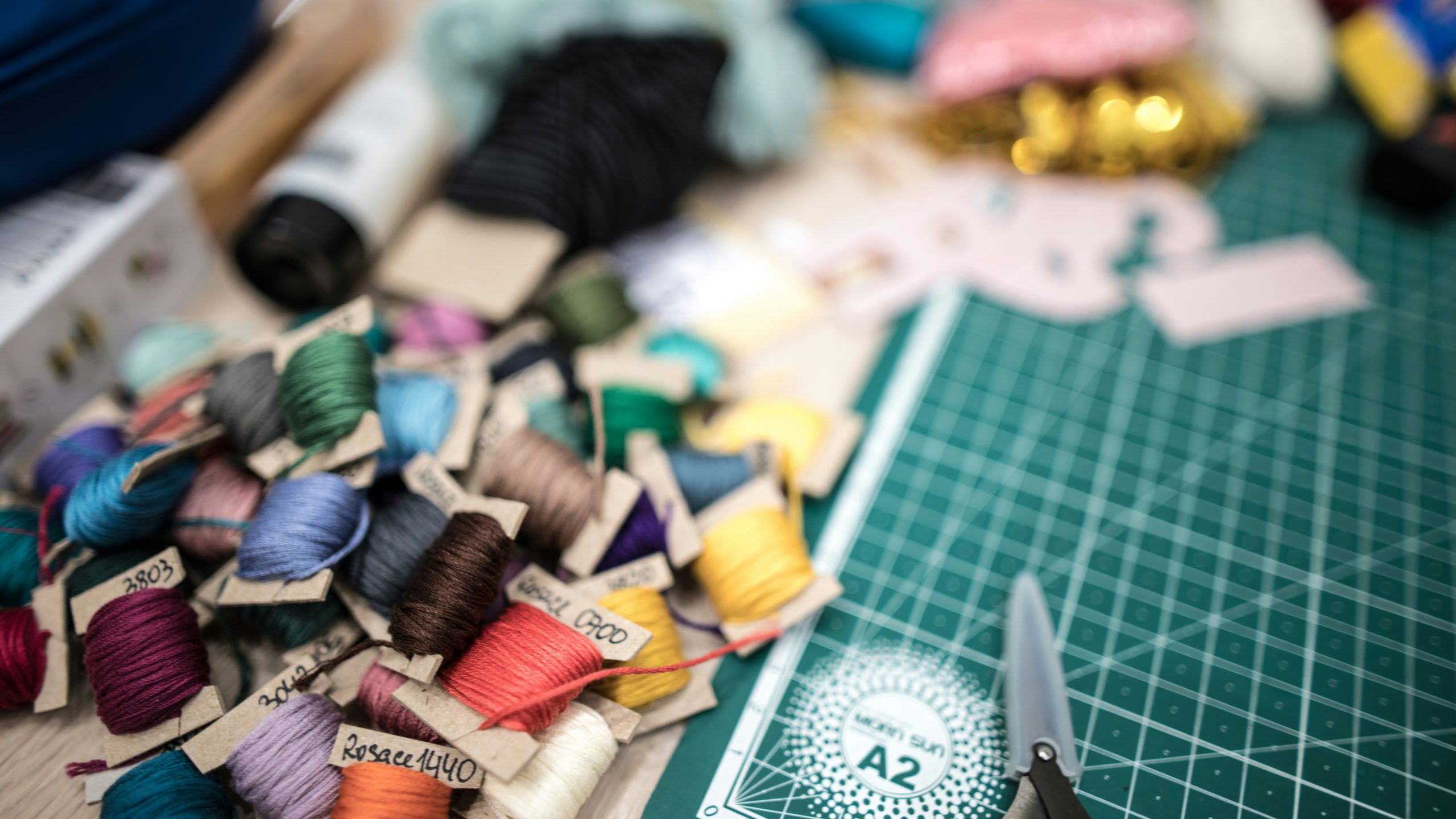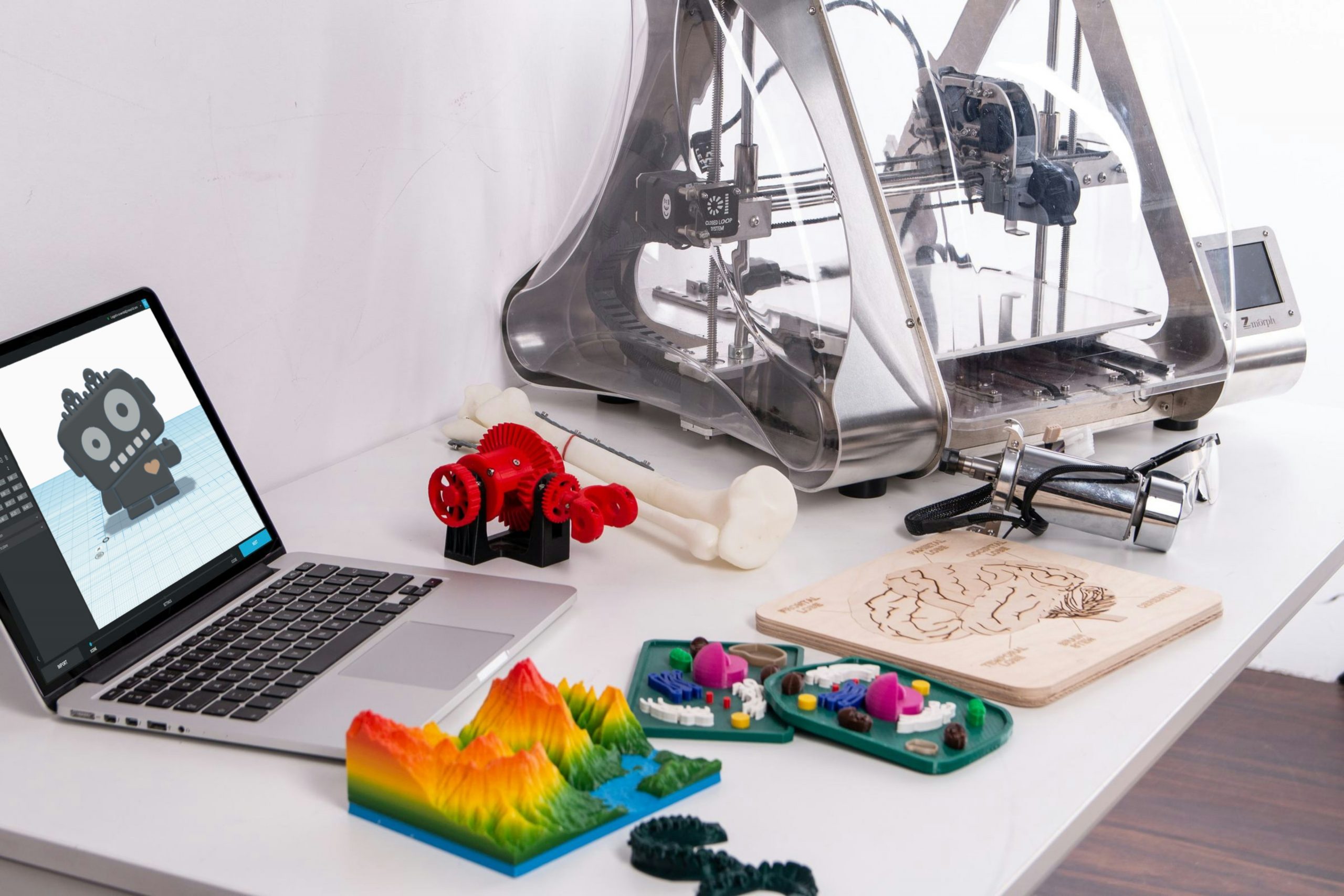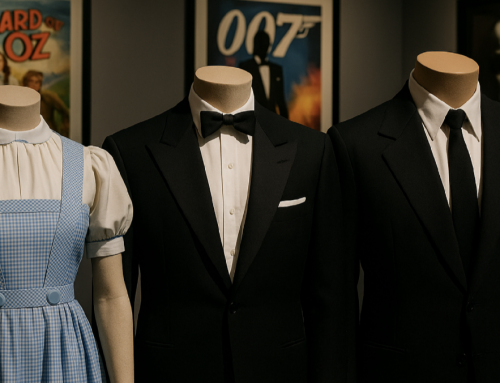Technology’s Contribution to Iconic Film Fashion

Photo by Volodymyr Proskurovskyi on Unsplash
Fashion in film is a storytelling device as rich as style. You can learn as much about a character, era, or emotion from a costume as you can from a line of dialogue. Technology has only deepened that language, expanding the imaginative scope of costume designers and their ability to fine-tune the details of their visions with a new level of precision and creativity. Through digital design tools and breakthrough materials, costume innovation is reaching new heights. In this article, we look at how technology allows designers to create clothing that’s just as impressive as the narratives in the films we watch.
The Evolution of Costume Design
Since its beginning as a painstakingly handcrafted art, costume design has come a long way, thanks primarily to the integration of digital technology. Exquisite detailing has historically defined the costumes of classic films like the 1960s historical film Mughal-E-Azam, where they represented the film’s location and the status of its characters, using materials and artisans from across the country. In the years that followed, costume design would evolve, incorporating technological advances that allowed for more sophistication and detail.
The Role of Technology in Casino Movie Fashion
In casino movie fashion, we see the impact that digital design and manufacturing technologies are having on the portrayal of elegant and stylish outfits seen in casino scenes, particularly those within the James Bond series. These technologies ensure that the attire we see onscreen has the necessary level of authenticity and attention to detail so that these scenes convey the glamour that casinos have come to represent. Other moments from movie history show us how the transition from classic to futuristic has taken place, with some of these movies presenting an array of classic casino styles while others reflect the technology we see in modern casinos.
In many ways, these on-screen changes mirror the changing face of casino gaming in the real world as it moves from the traditional brick-and-mortar buildings and hotels to digital platforms – in this online world, people can enjoy experiences like playing blackjack online, giving them a new way to access their favorite games and take part in casino culture. While it’s unlikely they’ll see a Bond look alike when they sit down to play a game at a virtual table, they can at least imagine what it might be like to be at a casino in one of those iconic movies.
Digital Design and Fabrication

Photo by Xiaole Tao on Unsplash
Digital design tools, such as CAD and 3D modeling, have revolutionized costume design in modern movies, allowing for incredible precision and creativity. Today, digital fabrication methods—including 3D printing and laser cutting—are used to produce elements of the most complex costumes in movies, things that would be difficult or prohibitively expensive to build manually. These methods have been central to pictures that need finely detailed, unique costume designs. This approach enables costume designers to truly push the envelope of what can be achieved visually on screen.
Wearable Technology in Costumes
Wearable tech has brought a new dimension to costume design. Costumes can now play an active role in storytelling, with dynamic effects such as lighting and movement made possible by wearable tech. Some films have integrated wearable tech to make their costumes more fitting and realistic while giving them a futuristic appeal. As a result, costumes now react to and interact with their environment in real time, creating a more immersive viewing experience with an enhanced visual and emotional impact.
Virtual and Augmented Reality
Costume designers have been using virtual reality and augmented reality to visualize and test out their creations in virtual spaces instead of the old-fashioned method of waiting to see what they look like before a movie goes into production. For films that require detailed costume design work or for those set in faraway, fantastical worlds, waiting simply won’t do. This relatively new technology allows costume designers to creatively and efficiently explore the multitude of possibilities for a costume, streamlining that aspect of the design process and helping to ensure the costume fits in perfectly with the rest of the film’s aesthetic.






